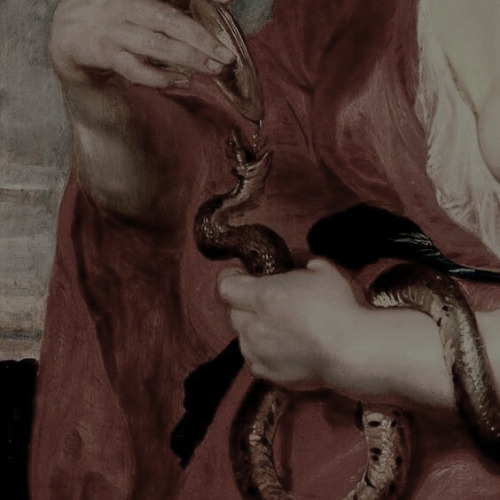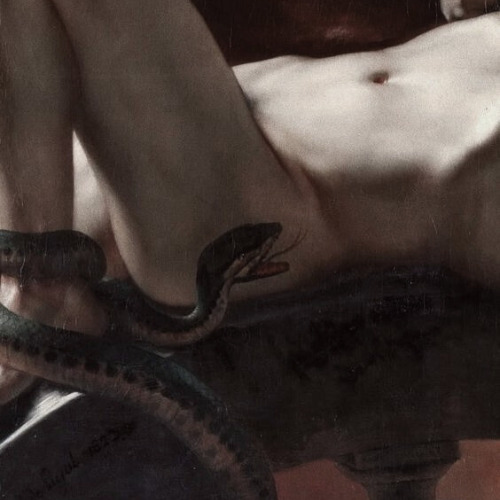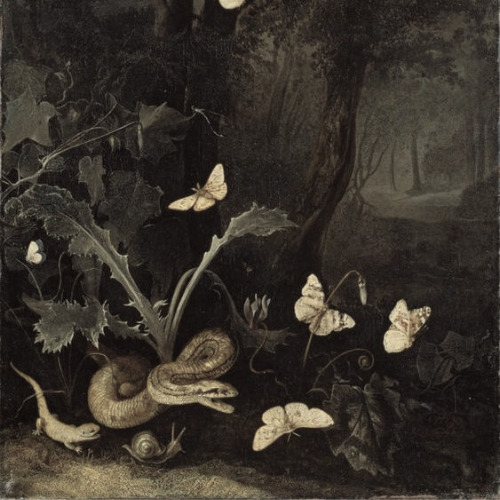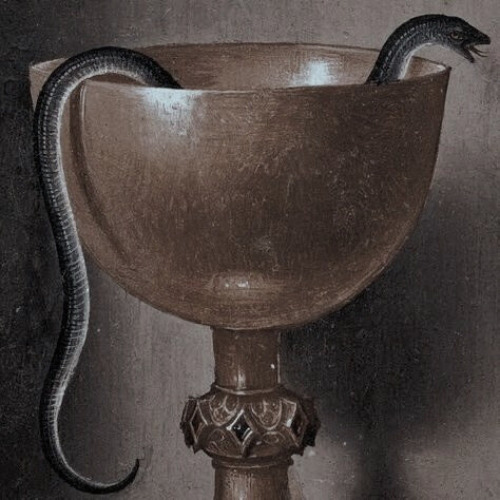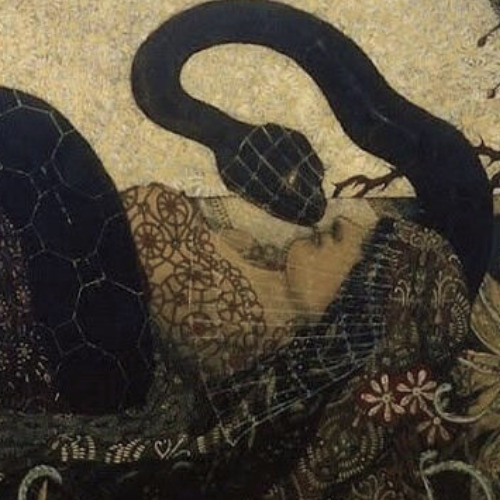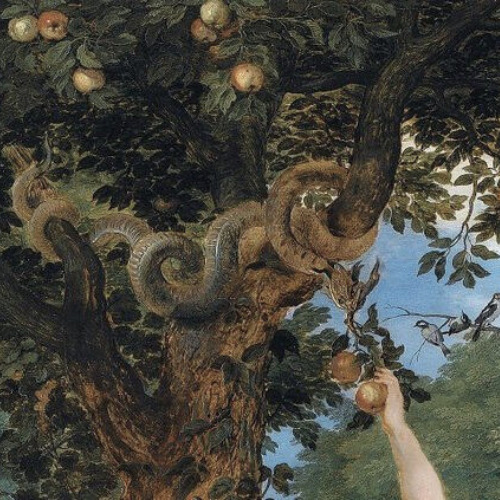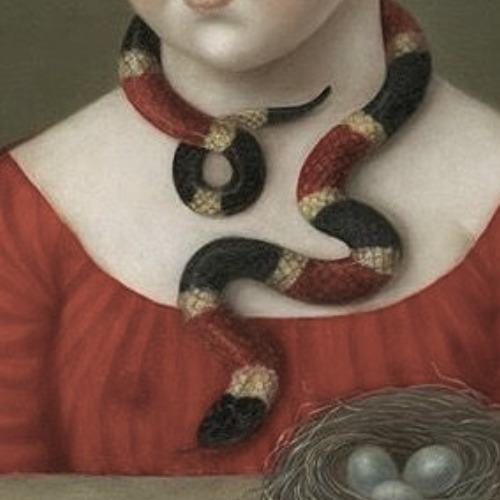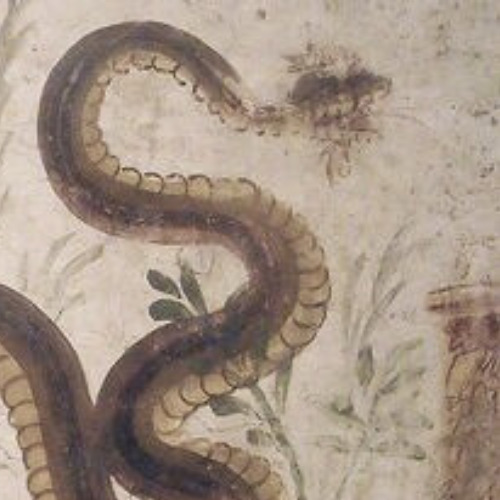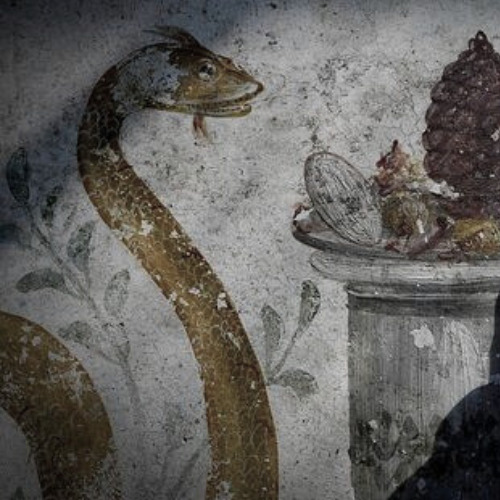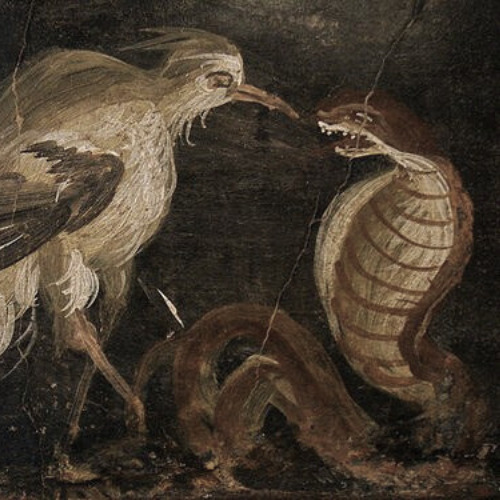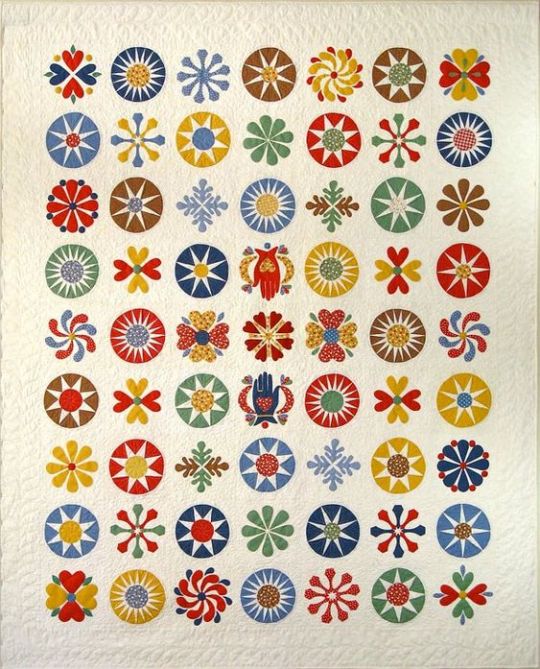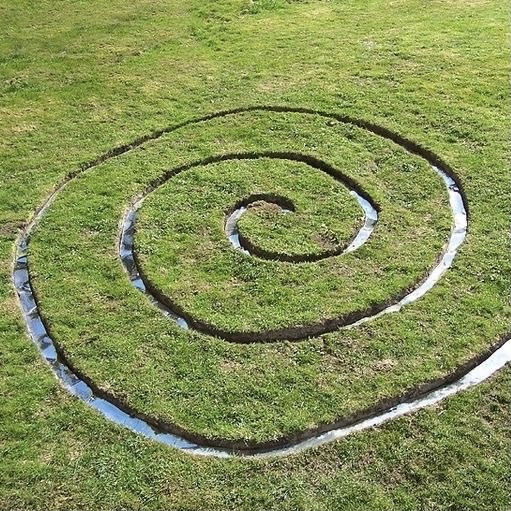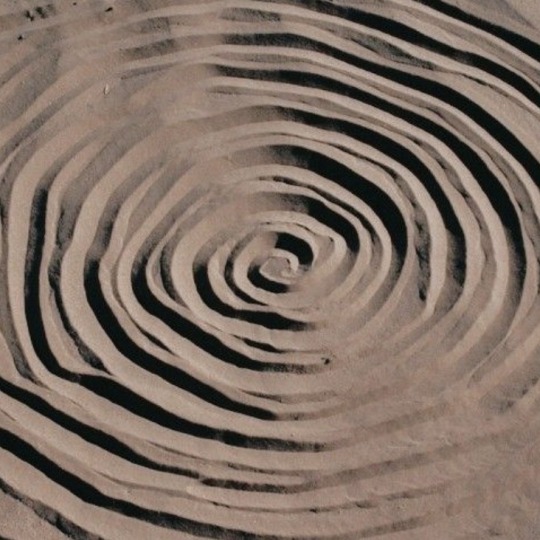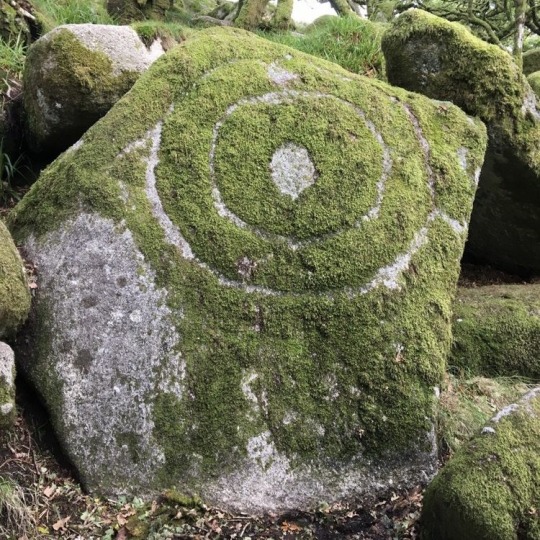Text

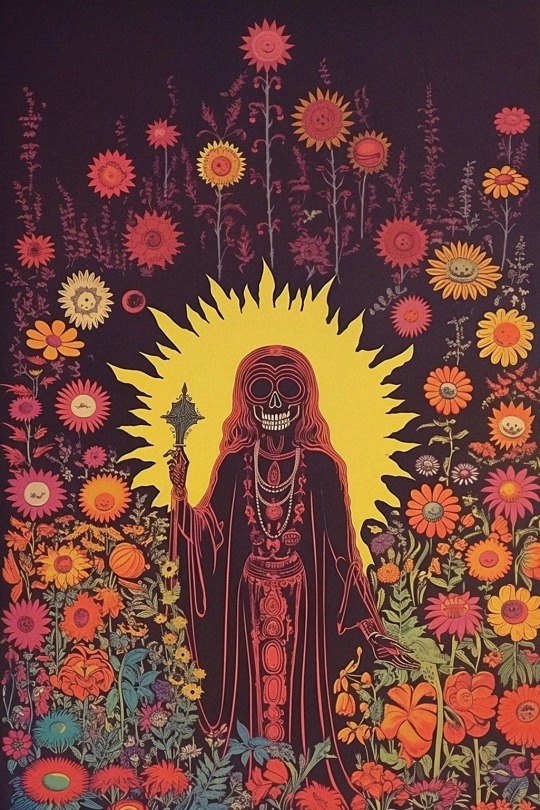
Maha Kali
Hippy Kali Maa
“Om Krim Kali”
Kali is one of the many forms of Shakti. Maha Kaali is the fiercest of all goddesses of Hinduism. The word Kali has its roots in the Sanskrit word “Kaal”, which means time. And nothing escapes from time. Goddess Kali is sometimes referred as the goddess of death. But actually Kali brings the death of the ego. Even in the scriptures, she has killed demons but not anyone else. Kali is also not associated with Yama (the Hindu God of Death). Kali is considered a form of mother too.
85 notes
·
View notes
Text

Tetradrachm (Coin) Depicting a Cista with Snake
Greek; minted in Pergamon, Asia Minor (now Turkey), 133-67 BCE
The snakes used in the initiation ceremony of the cult of Dionysos were kept in a cista mystica, or sacred container. The snake represented the god himself in his role as a fertility deity and symbol of reincarnation. This very popular coin type shows the sacred snake wriggling out of a basket encircled by a wreath made of ivy leaves. As part of the rites of Dionysos, the ancient Greeks and Romans chewed ivy leaves, a mild hallucinogen.
125 notes
·
View notes
Photo

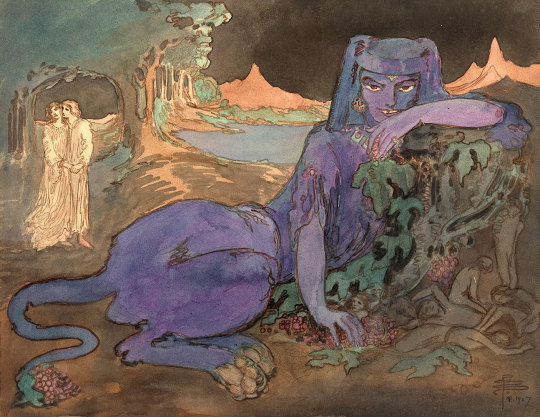
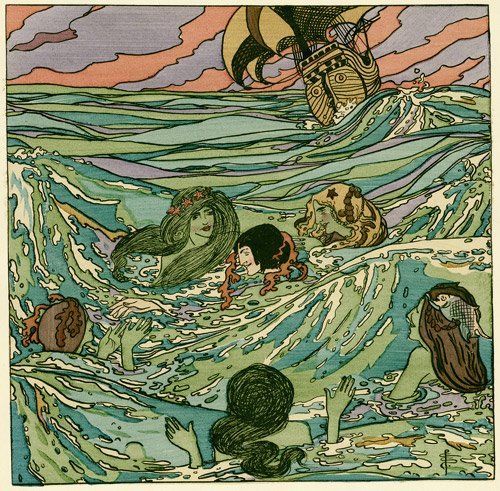

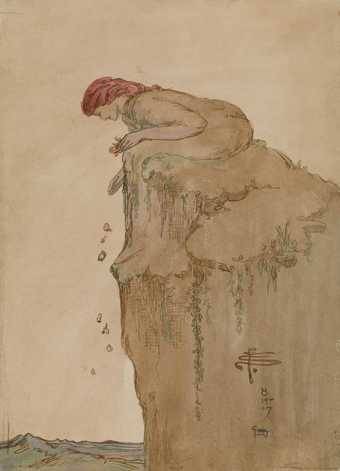


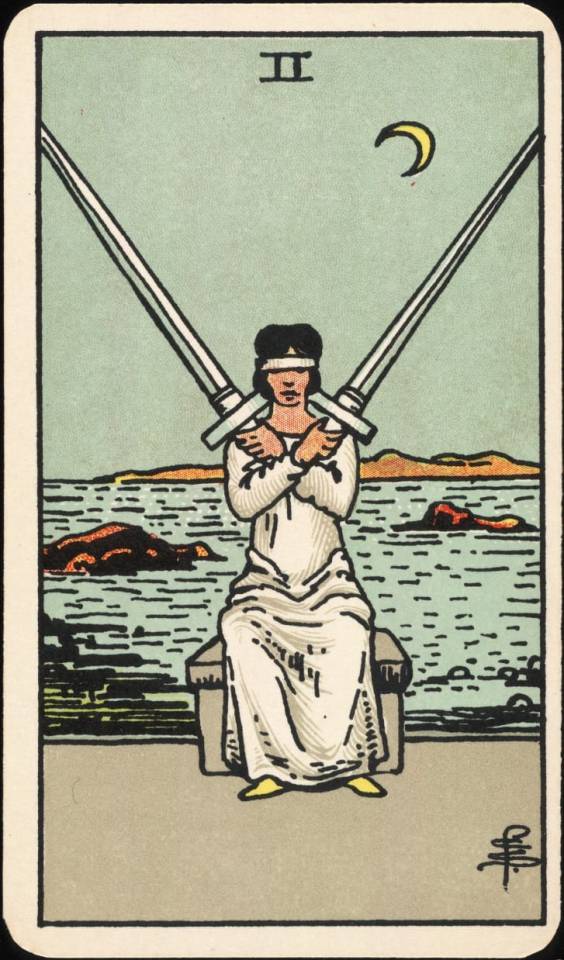
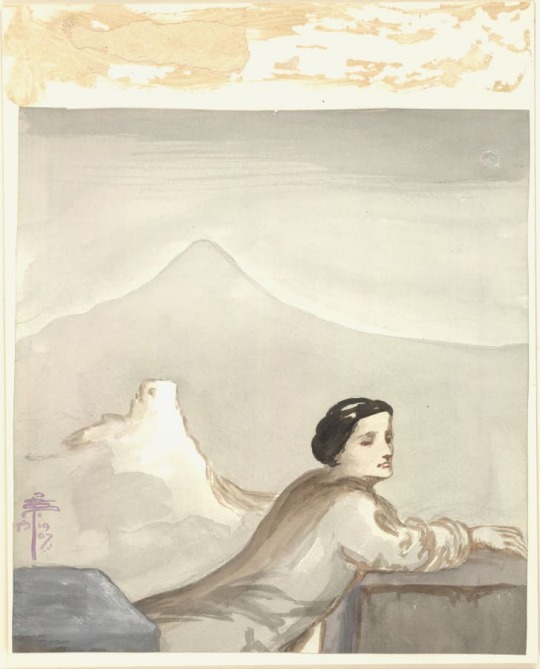
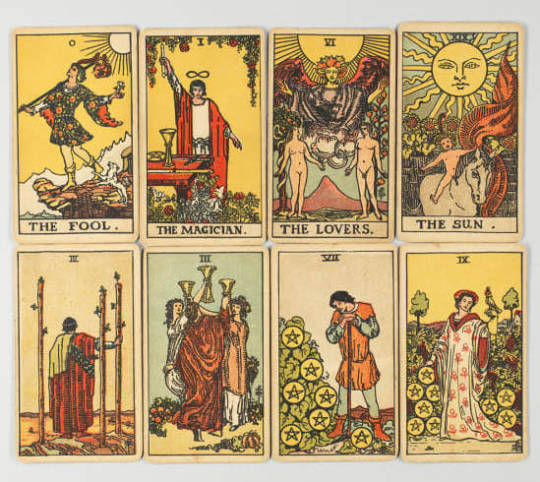
Pamela Colman Smith, Illustrations
Artist of the Rider-Waite tarot deck
1K notes
·
View notes
Photo
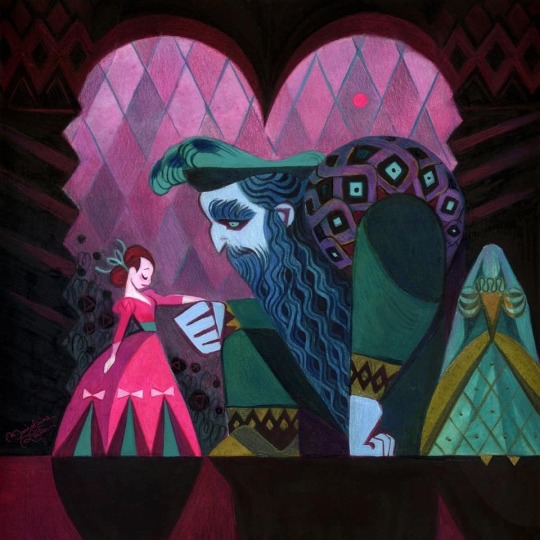


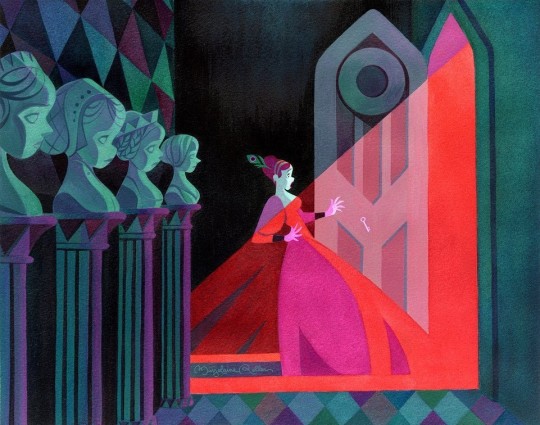
Bluebeard by Marjolaine Roller
42K notes
·
View notes
Text
The psychotic drowns in the same waters in which the mystic swims with delight.
Joseph Campbell
61 notes
·
View notes
Text
Here is a small collection of quotes and notes (amongst other things) that I have come across in my research while studying Jungian psychology. I'll be adding to it from time to time. Please enjoy.
0 notes
Photo
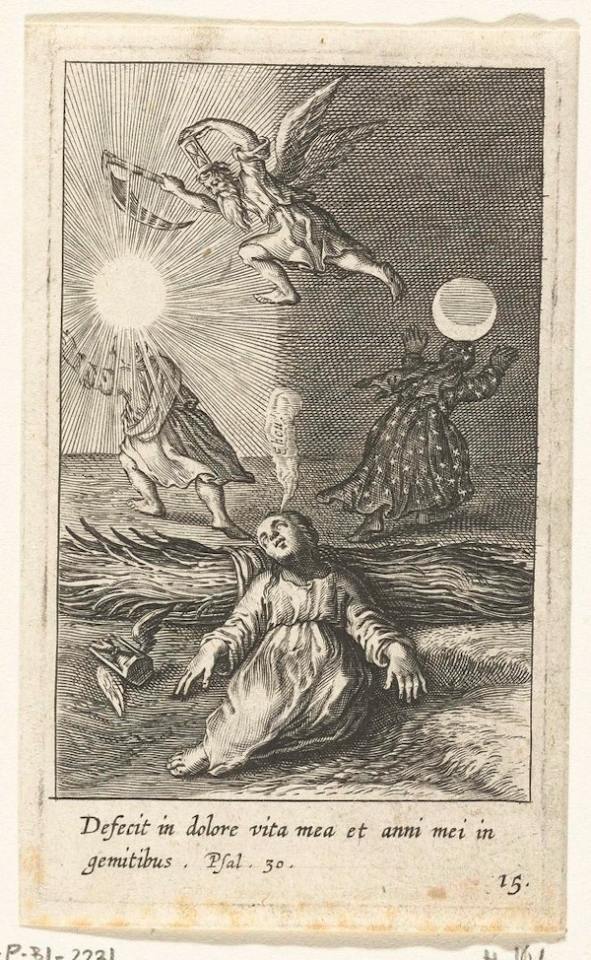
(via The Art of Dreams – The Public Domain Review)
187 notes
·
View notes
Text

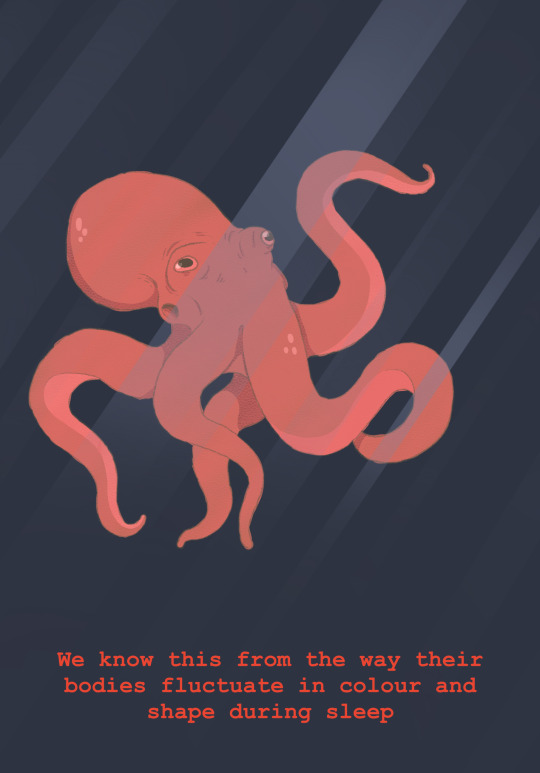



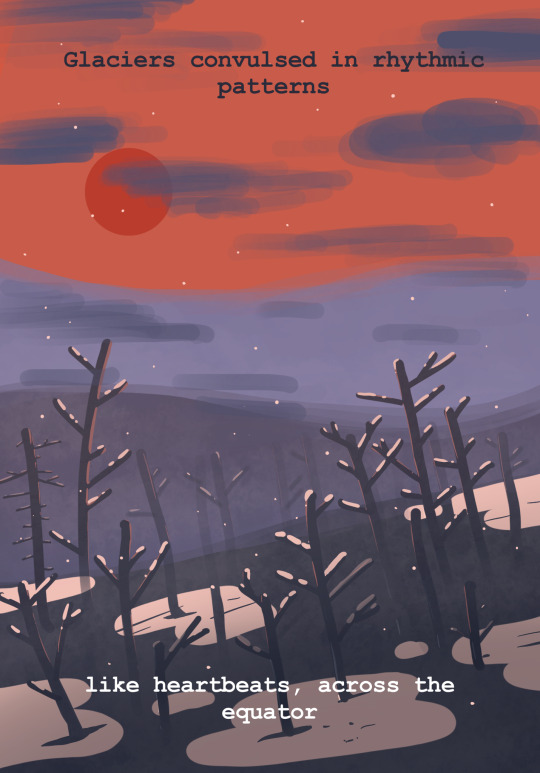
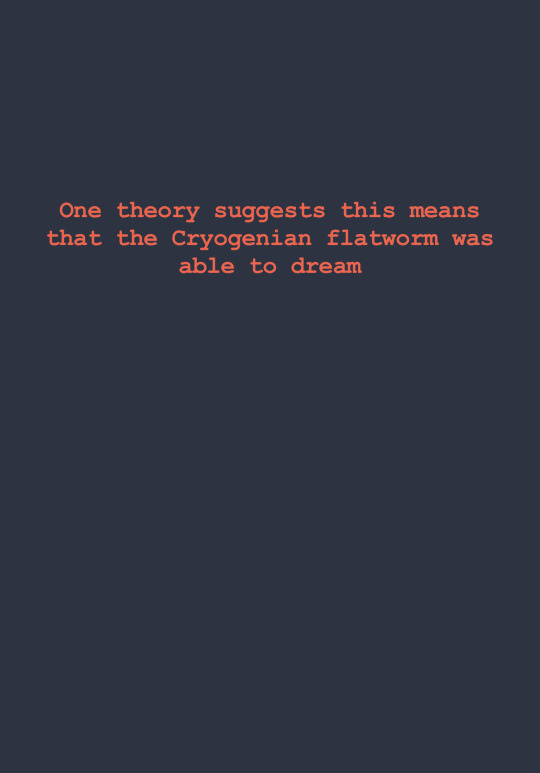



hello my hand is gonna fall off
tap for better quality!
93K notes
·
View notes
Text

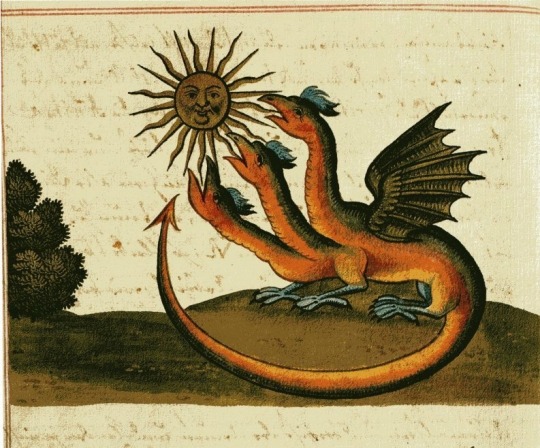



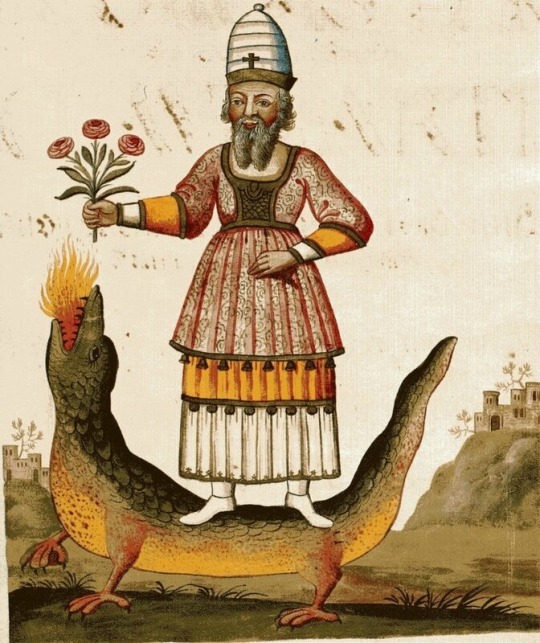




Dragons from Clavis Artis, an alchemy manuscript created in Germany in the late 17th or early 18th century, attributed to the Persian Zoroaster.
Clavis Artis is the title of an alchemy manuscript created in Germany in the late seventeenth or early eighteenth century, attributed to the Persian Zoroaster (Zarathustra). The work is in three volumes of medium format, two of which are illustrated here. The text is in German Gothic script cursive and is accompanied by numerous illustrations in watercolor depicting alchemical images. There are also some pen drawings depicting laboratory instruments.
There are 3 copies of the manuscript, of which only two are illustrated. The most well-known is the Biblioteca dell’Accademia Nazionale dei Lincei in Rome. Another copy is kept in Trieste at the Public Library Attilio Hortis. A different version, in a single volume and without illustrations, is located at the Bayerische Staatsbibliothek, of Monaco of Bavaria.
Courtesy Alain Truong
143 notes
·
View notes
Photo
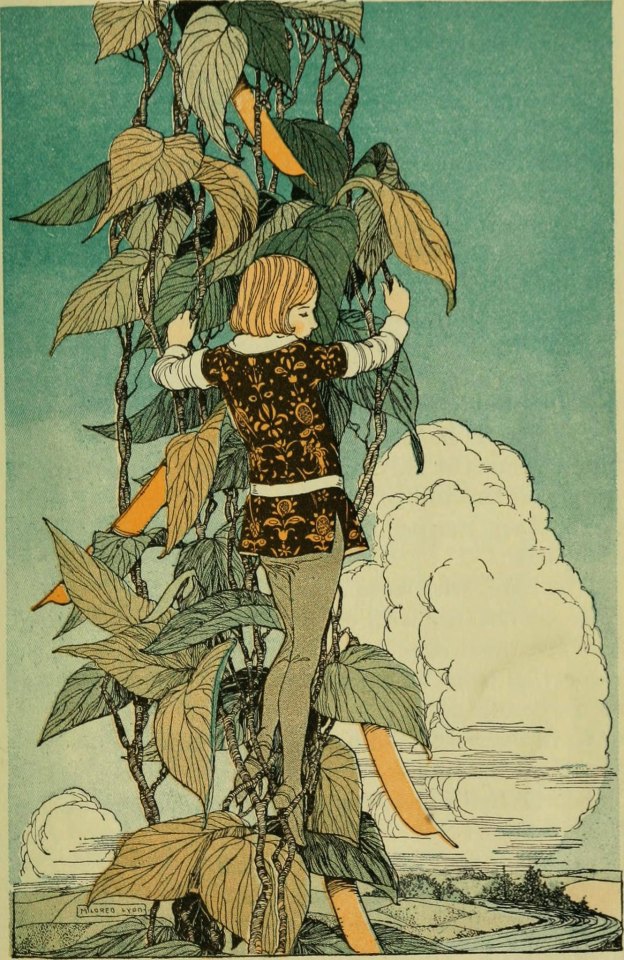
Jack and the Beanstalk, illustrated by Mildred Lyon, 1922
1K notes
·
View notes
Text

Hiking - "I don't like either the word or the thing. People ought to saunter in the mountains - not hike! Do you know the origin of that word 'saunter?' It's a beautiful word. Away back in the Middle Ages people used to go on pilgrimages to the Holy Land, and when people in the villages through which they passed asked where they were going, they would reply, 'A la sainte terre,' 'To the Holy Land.' And so they became known as sainte-terre-ers or saunterers. Now these mountains are our Holy Land, and we ought to saunter through them reverently, not 'hike' through them."
John Muir
2K notes
·
View notes
Video
youtube
“L’aspirant habite Javel et moi j’avais l’habite en spirale.” The aspirant lives in Javel and I have lived in a spiral.
0 notes







